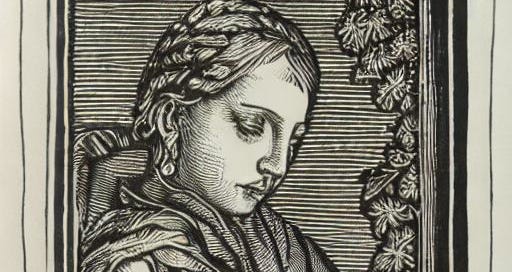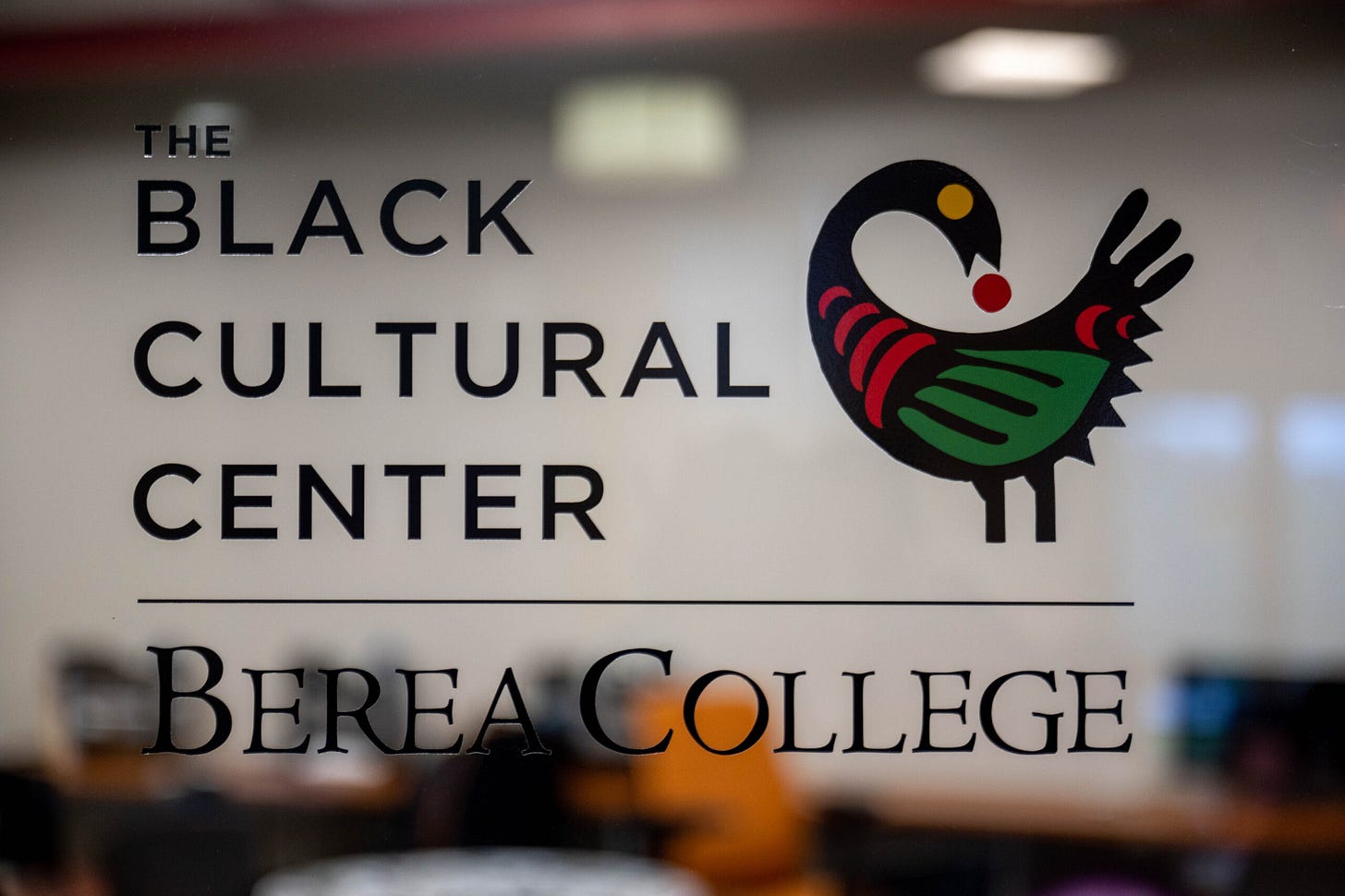Welcome!
Hi there to any of my friends, family (hi Mom and Dad), or any brave soul who has wandered my way.
So, for anyone new to Substack and may have wandered in specifically because of my post about it, voila! This is what blogs are now, but instead of berating you with advertisements and hoping Google dribbles some of that sweet, sweet ad money our way, Substack allows you to pay writers you enjoy and want to support. Handy for the lot of us, and one smidge less likely to send a billionaire to space.
You can support me as a free subscriber and read along/comment/share, join in as a paid subscriber ($5/month or $50/year) to offer support, or use the tip jar button to tip whatever you like via Paypal below. If anyone would like to help chip in for a scholarly book or two, I would be grateful.
1. Why this, why now
Well, there are two major reasons for this particular work at this particular time. First, I am starting my Masters in Church History. While I am extremely fortunate to have been awarded a full tuition scholarship, there are still a lot of expenses that come with attending graduate school. Books, travel and accommodations for my low-residency program, fees, language learning (so much language learning!), and the tests required to prove proficiency all add up quickly! I thought this might be a way to give to my community through work that I love in co-support of each other rather than just shaking my cup about and hoping it all goes well.
A caveat: This is scary! New things are scary! Asking for support is wretched!
Secondly, I am reading desperately interesting things that I have many thoughts about and would love to share with more folks than just info-dumping on poor Colin.
I am constantly getting my brain boggled by what’s going on in the academic corners of the church, and part of my mission in life is to make those corners accessible to people who don’t have time to read the god-awful amount required to keep up. Expect book highlights!
Lastly, this is a place where I will likely work out some chapters from my bigger pieces (thesis, books, etc) so people can give feedback and ensure that I’ve written things clearly.
I am constantly getting my brain boggled by what’s going on in the academic corners of the church, and part of my mission in life is to make those corners accessible to people who don’t have time to read the god-awful amount that is required to keep up.
2. What are you going to write about?
Stained glass
What’s up with Pelicans in stained glass?
Gender Roles in the church over time
The Crusades
The End Times and Rapture-phobia
King Arthur and the church of Wales
The American church and evangelicalism
Constantine
The history of Church music
(a personal fave) The Rise of the Megachurch
How Celtic liturgical music got lost to time because a Pope didn’t like it
The fact that we can read 5% of a scroll destroyed by the eruption of Mount Vesuvius and will get the rest by years’ end
St. Brigid was gay, ya’ll.
Dueling popes
St. Clement and the death of Hypatia
The eunuching of Peter Abelard.
Who was the model for the European Renaissance paintings of Jesus?
What is an anchoress?
The Book of Job is a play and arguably our oldest example of historical fiction!
Celtic Curses
Wells of Wisdom
Cafeteria Christianity
A WHOLE lot more
Church history is wild.
And it has so much to say.
I’m currently reading the history of Trinity United Church of Christ in Chicago, the church of Oprah, of the Obamas, and of controversial pastor, Jeremiah Wright. The book is called “A Sankofa Moment” and the first introduction paragraph is as follows:
“The Akan people have an important symbol known as Sankofa. It is expressed in the Asante Adinkra symbols as a bird whose body is heading in one direction, but whose head is turned in the opposite direction. What the symbol is teaching is that we cannot go forward without first going back to our past to understand how it is we got to where we are. Put another way, Sankofa means that if we do not know from whence we came, we will forever be heading in the wrong direction.” (Wright 2010, 17)
(Image description: Linked here is an example of the mythical Sankofa bird, an Adinkra symbol seen here in the yellow, red, and green colors of the Ghanian flag, on a mirror-silver sign in the interior of the Black Cultural Center at Berea College. The bird’s body faces forward, while its head turns backwards to retrieve the egg left behind.)
Adinkra symbols are a beautiful system of transmitting wisdom through visual means, developed in the medieval African state of Gyaman, located in today’s Ghana and Cote d’Ivoire. According to oral history, it was invented by a King (Nana Kwadwo Agyemang) Adinkra, and learned by his son Apau, who was crucial in keeping the system alive when the state was defeated by powerful neighbors. Adinkra survives in Ghana today, used by the Akan people. Originally only worn by kings and spiritual leaders, Adinkra is made with carved wooden stamps and complex natural dyes and used to decorate pottery, ritual items, and royal clothing a sophisticated way of visually communicating ideas, proverbs, and concepts.
I have thought about the concept of Sankofa and its associated proverb: “It is not taboo to fetch what is at risk of being left behind” so much since encountering it. It feels especially poignant as the global center of the Christian church drifts southwards towards our siblings in Africa and Latin America. I know a thousand people who want to throw the whole church out. I know a thousand people who want to ignore anything negative and just keep marching forward in the status quo.
I believe that church history gives us a perspective that we desperately need. How did we get here? What is a treasure worth bringing forward into the future? What must be left behind?
The head of the bird must face backward, so the feet of the bird go in the right direction. Essentially, only when we understand how we got here can we get where we want to go.
Also, Church is in the habit of going ham on everything it believes every 500 years, and the Reformation was 500 years ago, so get out your dustbusters, y’all.
And lastly, as we live in a rather gloomy, doomy era, I find it comforting that the church has been very sure in its position of “This-is-the-end-it’s-been-a-good-run-come-Lord-Jesus” many times in the past. The reality is we probably need to face our earthly problems a little more and live in a daydream of an angel snatching us away from all this chaos a little less. Church history offers me some personal comfort that whatever I am dealing with, or feel the church is dealing with, it is usually not its first rodeo on the subject.
I will also give updates on my grad school journey, a smattering of personal thoughts, insights on being a ministry family, and in June, I plan to bring my (ahem, 31-part) TikTok series on the theological support for LGBTQ+ inclusion in the church from 2022 over to this format, updated and cleaned up, so we can have a fuller conversation. I will also likely veer into some sister subjects, like mythology, folktales, and other branches of religious history as interest strikes.
How did we get here? What is a treasure worth bringing forward into the future? What must be left behind?
3. Who would enjoy this?
People who think I’m kind of fun?
People who want to go down the rabbit hole with me?
Overall, I think this will appeal to folks who are in and around religious spaces, or who have left religious spaces but still have an interest in the behind-the-scenes reels. We will cover some sensitive or controversial subjects, but I believe that we can hold space for nuance and work towards greater understanding together.
And obviously, folks that just want to support me in my journey to create an authoritative voice in the space of Church history.
4. Thanks!
So, there is no right way to build a Substack, start an audience for creative/academic work, or appease an algorithm. I commit to keeping this as a journal, a way to spread ideas and concepts that I think need to be better known, and to participate in a discussion that can be fraught with people’s sensitive sacred cows. Let’s dive in.
Welcome.
Subscribe below for free; if something is helpful, contribute to the book fund through PayPal below.





To the beautiful, intelligent and not afraid to get your hands dirty, Shay Cramner! How I have waited to read your thoughts and learn along with you! Thanks for your hard work and persistence - I look forward to being your faithful pupil!
You are certain to do good things in His holy name and for the onward marching that humanity must continue to do!